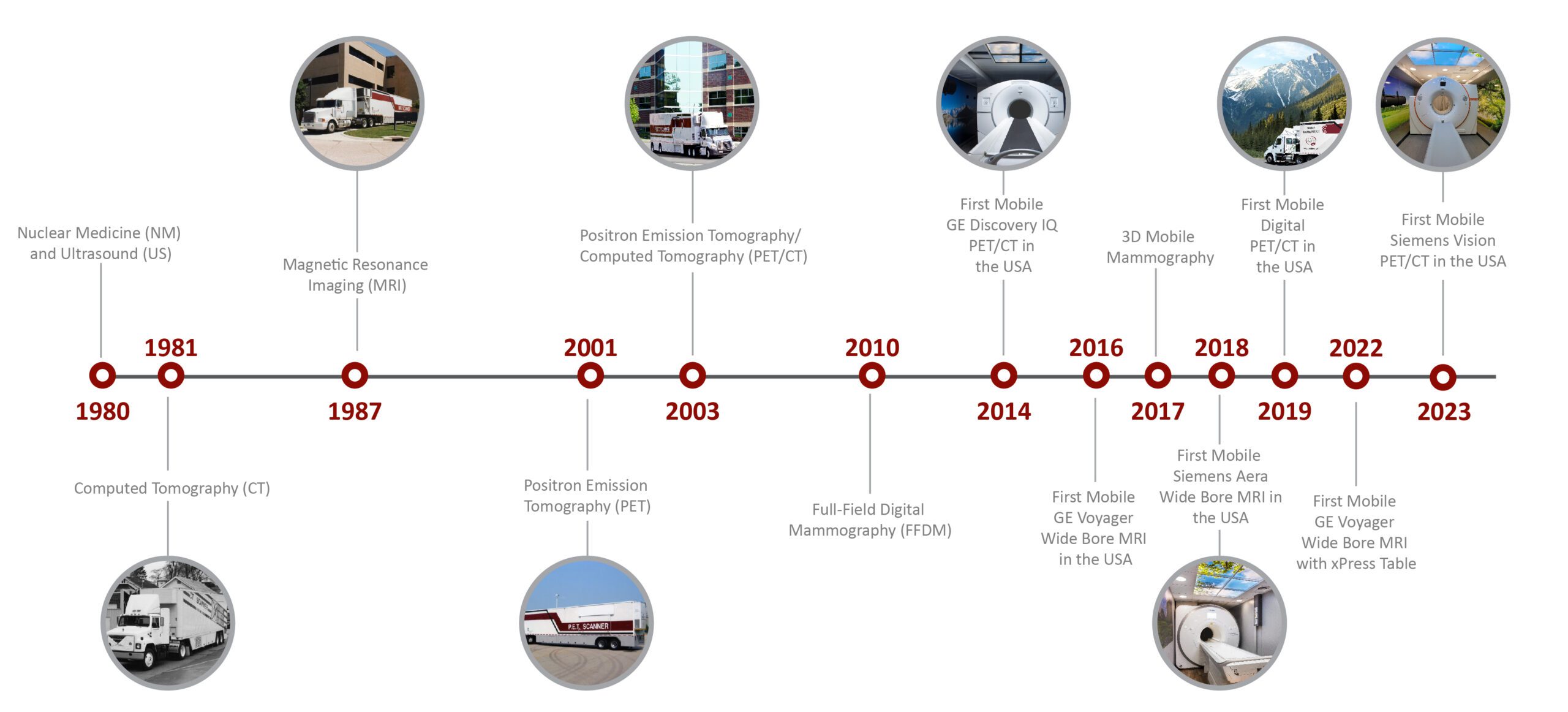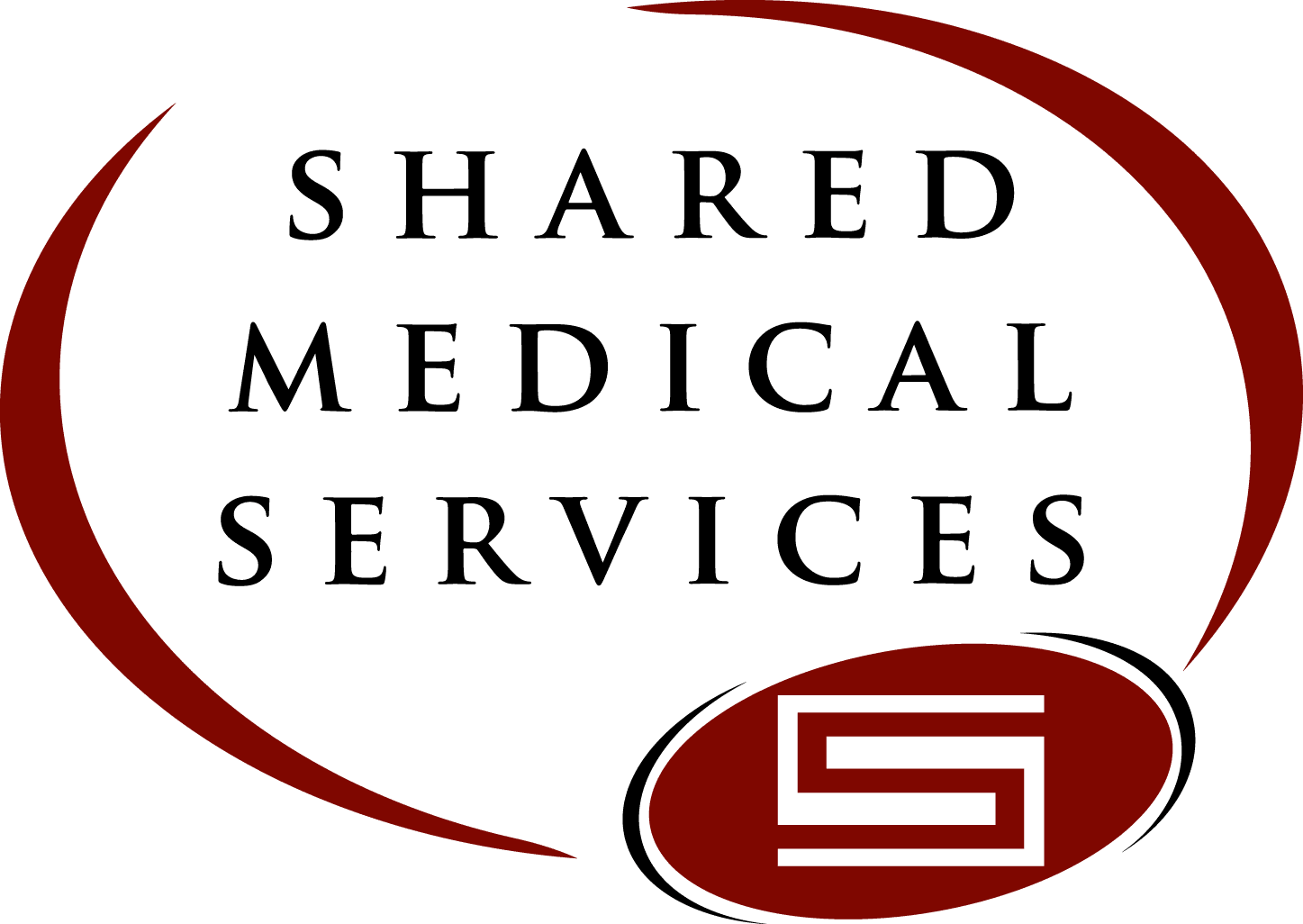Modalities
Modalities Offered
MRI
Magnetic resonance imaging (MRI) uses radiofrequency waves and a strong magnetic field rather than x-rays to provide remarkably clear and detailed pictures of internal organs and tissues. The technique has proven very valuable for the diagnosis of a broad range of pathologic conditions in all parts of the body including cancer, heart and vascular disease, stroke, and joint and musculoskeletal disorders. MRI requires specialized equipment and expertise and allows evaluation of some body structures that may not be as visible with other imaging methods.
CT
CT scanning—sometimes called CAT scanning—is a noninvasive, painless medical test that helps physicians diagnose and treat medical conditions.
CT imaging uses special x-ray equipment to produce multiple images or pictures of the inside of the body and a computer to join them together in cross-sectional views of the area being studied. The images can then be examined on a computer monitor or printed. CT scans of internal organs, bone, soft tissue and blood vessels provide greater clarity than conventional x-ray exams.
Using specialized equipment and expertise to create and interpret CT scans of the body, radiologists can more easily diagnose problems such as cancers, cardiovascular disease, infectious disease, trauma and musculoskeletal disorders.
PET/CT
The combination PET/CT scanner is a major advance in imaging technology and patient care. As the name implies, it combines two scanners -- the PET (Positron Emission Tomography), which shows metabolism and the function of cells, and the CT (Computed Tomography), which shows detailed anatomy.
The result is that doctors are now able to get highly defined, 3-D images inside the human body in one system. This provides important information about a patient's condition, and allows doctors to make the best choices about treatment of conditions such as cancer and heart disease.
For example, the PET scanner can provide critical information about the metabolic function of cancer cells, and can detect very small tumors, but not the exact location.
The CT scanner, however, provides that anatomic information. So the combination PET/CT scanner gives doctors a powerful new system for detecting and diagnosing conditions like cancer earlier and more accurately, increasing the patient's chances of a good outcome.
Another patient benefit of the PET/CT scanner is its open design. This reduces the chances patients will feel claustrophobic, a complaint many patients have had with scanners that have long tunnels.
SMS Modality Timeline




